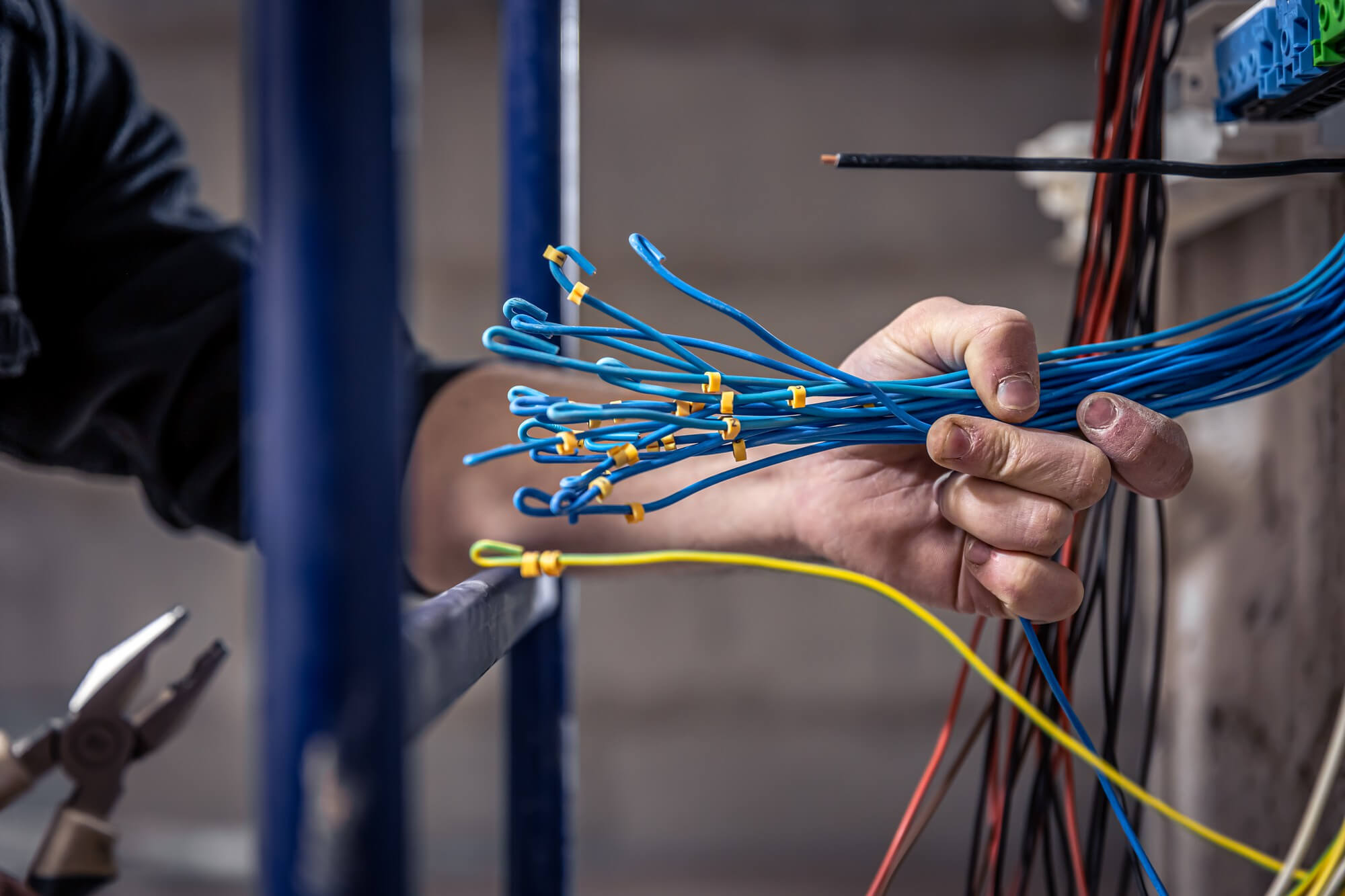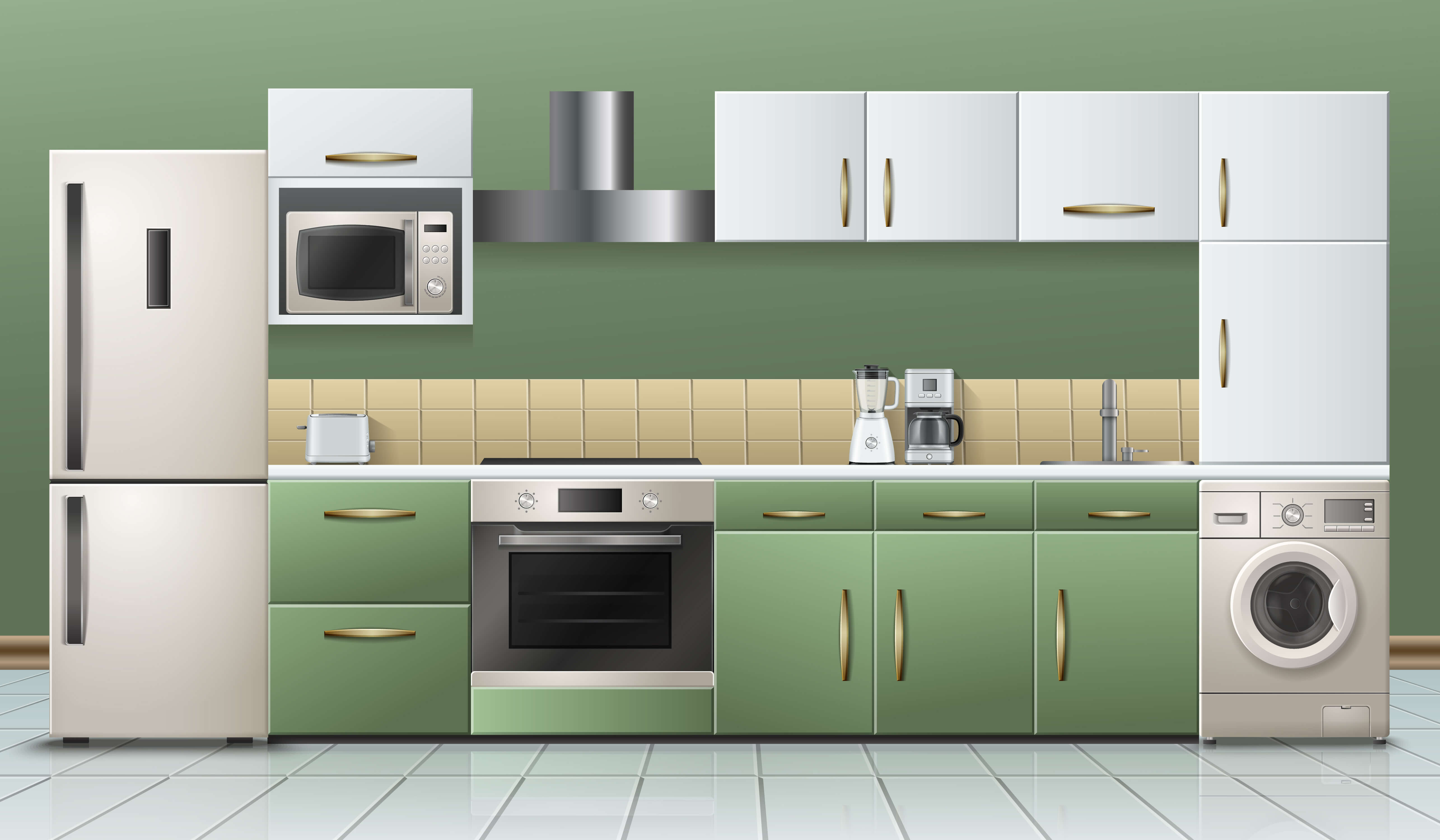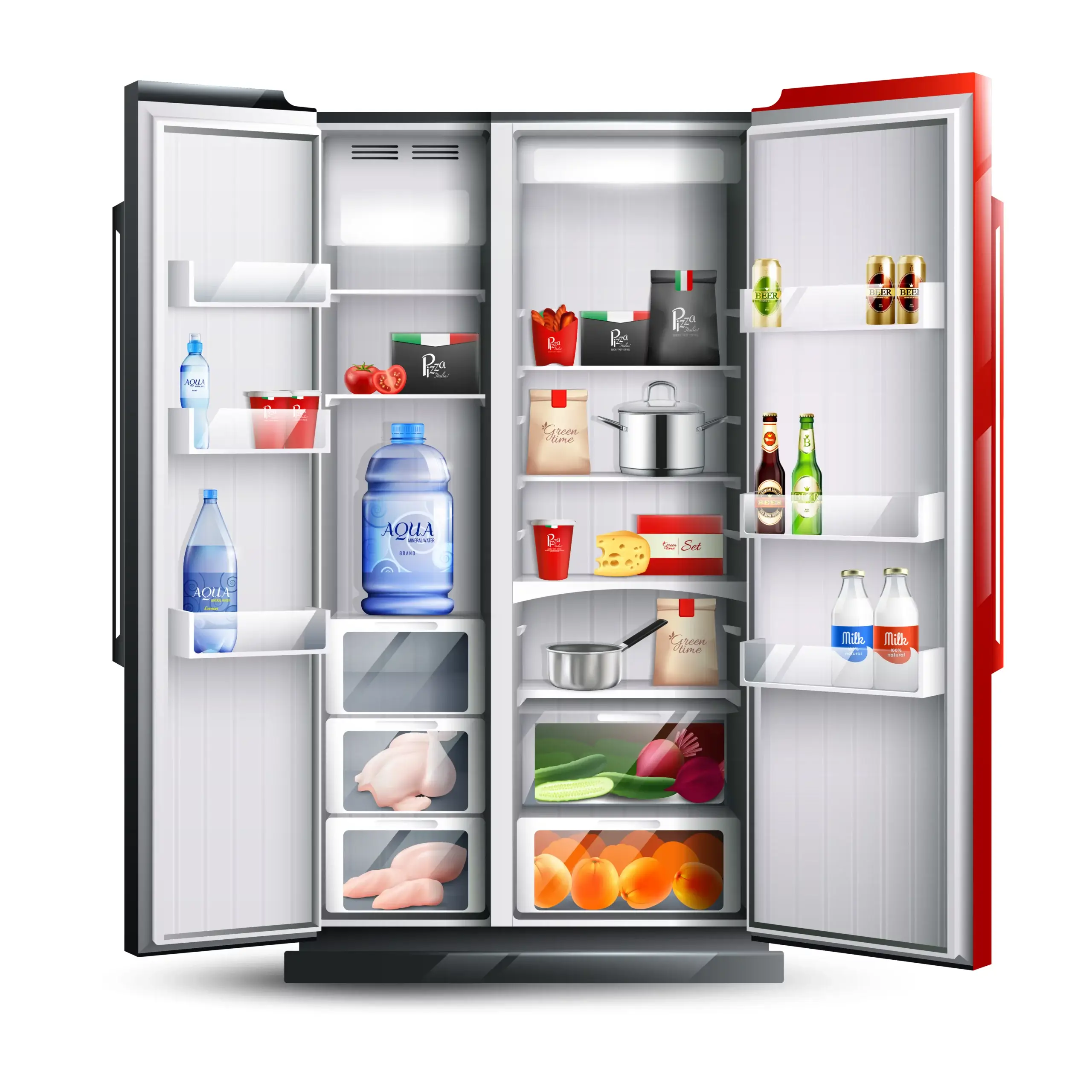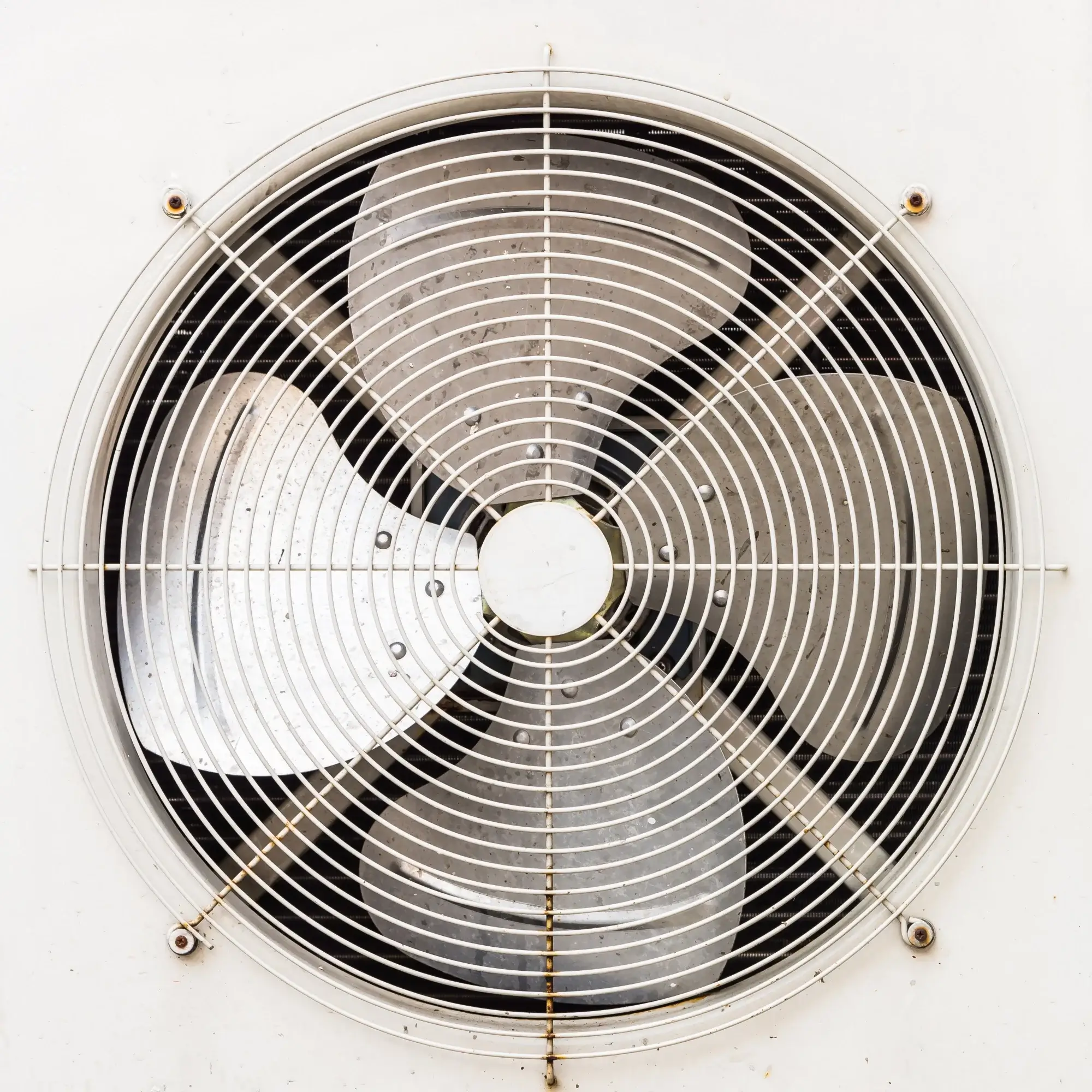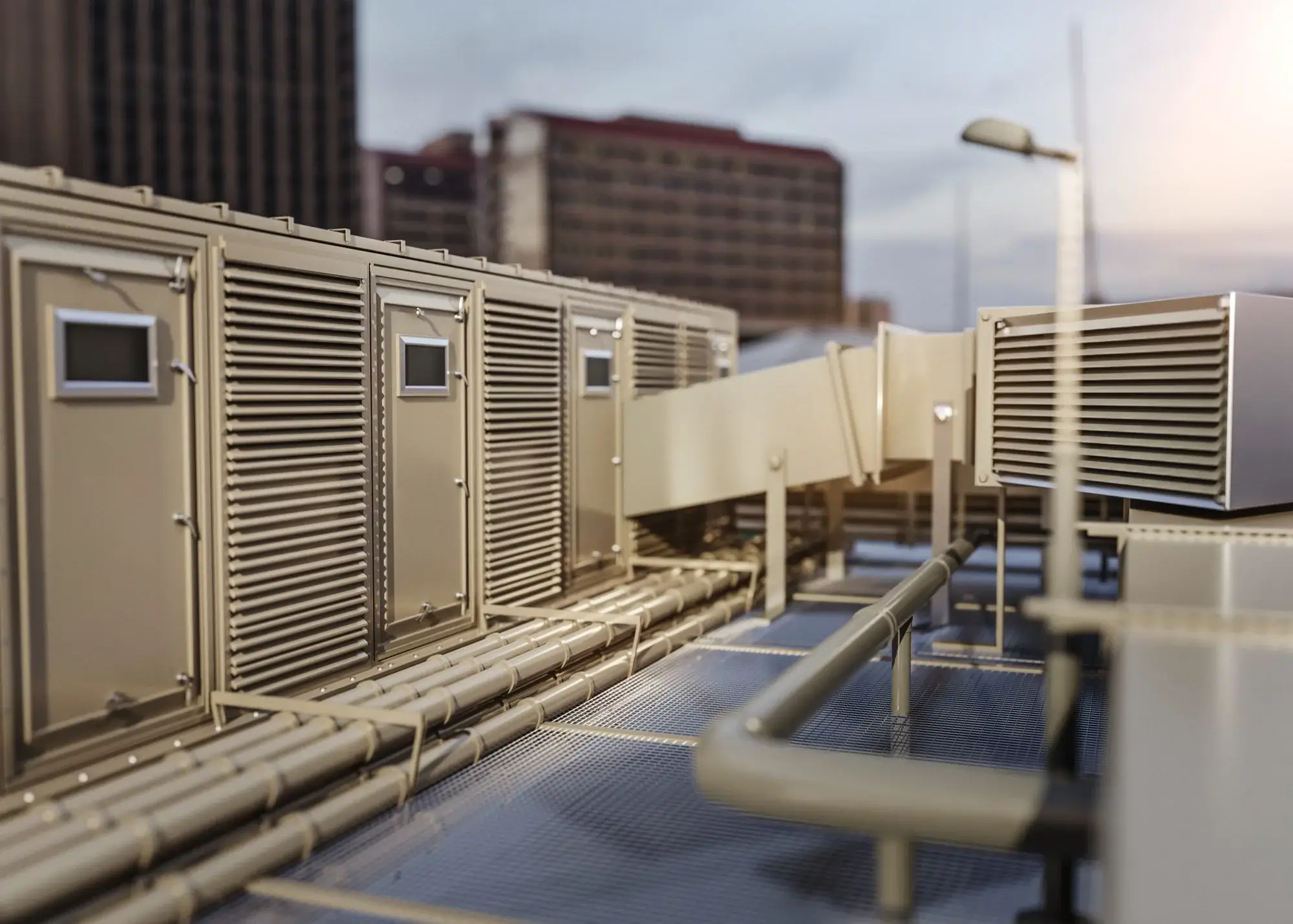In the realm of electrical systems, safety, and efficiency are paramount. One critical aspect that ensures both is earthing, also known as grounding. Earthing serves as a vital safety measure, protecting people, appliances, and the entire electrical infrastructure from potential hazards. In this blog, we delve into the significance of earthing in electrical systems and explore its essential role in maintaining a secure and reliable electrical environment.
Safety First:
The primary reason for earthing in electrical systems is safety. During normal operation, electrical appliances and circuits may develop faults, leading to the leakage of excess electrical current. If left uncontrolled, this current can pose severe dangers to individuals who come into contact with faulty appliances or exposed conductors. Earthing provides a low-resistance path for this current to flow directly into the ground, preventing electrical shocks and potential fatalities.
Stabilizing Voltage Levels:
Earthing plays a crucial role in stabilizing voltage levels in electrical systems. It helps in minimizing voltage fluctuations and prevents rapid changes in voltage that could otherwise harm sensitive electronic devices. Proper grounding ensures a steady reference point for the electrical system, contributing to its overall stability and efficiency.
Protection Against Electrical Fires:
Electrical fires can arise due to various factors, such as short circuits or overloads. Earthing acts as a safeguard against electrical fires by promptly diverting fault currents to the ground, preventing excessive heat buildup and potential ignition sources.
Lightning Protection:
Earthing also provides a vital role in safeguarding structures and electrical systems from the destructive force of lightning strikes. By providing a direct path for lightning currents to reach the ground, earthing mitigates the risk of damage to buildings, appliances, and electrical components.
In the world of electrical systems, earthing stands as a fundamental and indispensable practice. Beyond meeting safety standards, earthing ensures the smooth and reliable functioning of our electrical infrastructure. It protects us from electrical shocks, stabilizes voltage levels, guards against electrical fires, and fortifies us against the unpredictable forces of nature. Emphasizing the importance of proper earthing is essential for a secure and efficient electrical environment, safeguarding our homes, businesses, and communities from potential electrical hazards. Let’s never overlook the significance of this grounding connection in our pursuit of safe and functional electrical systems.
Image by pvproductions on Freepik









